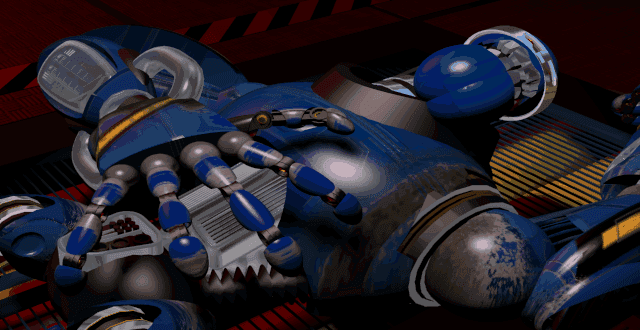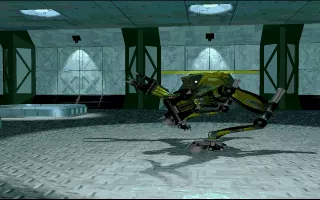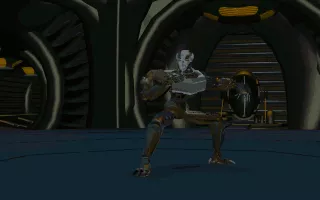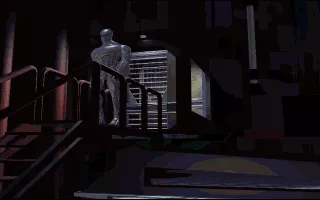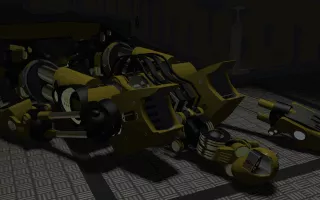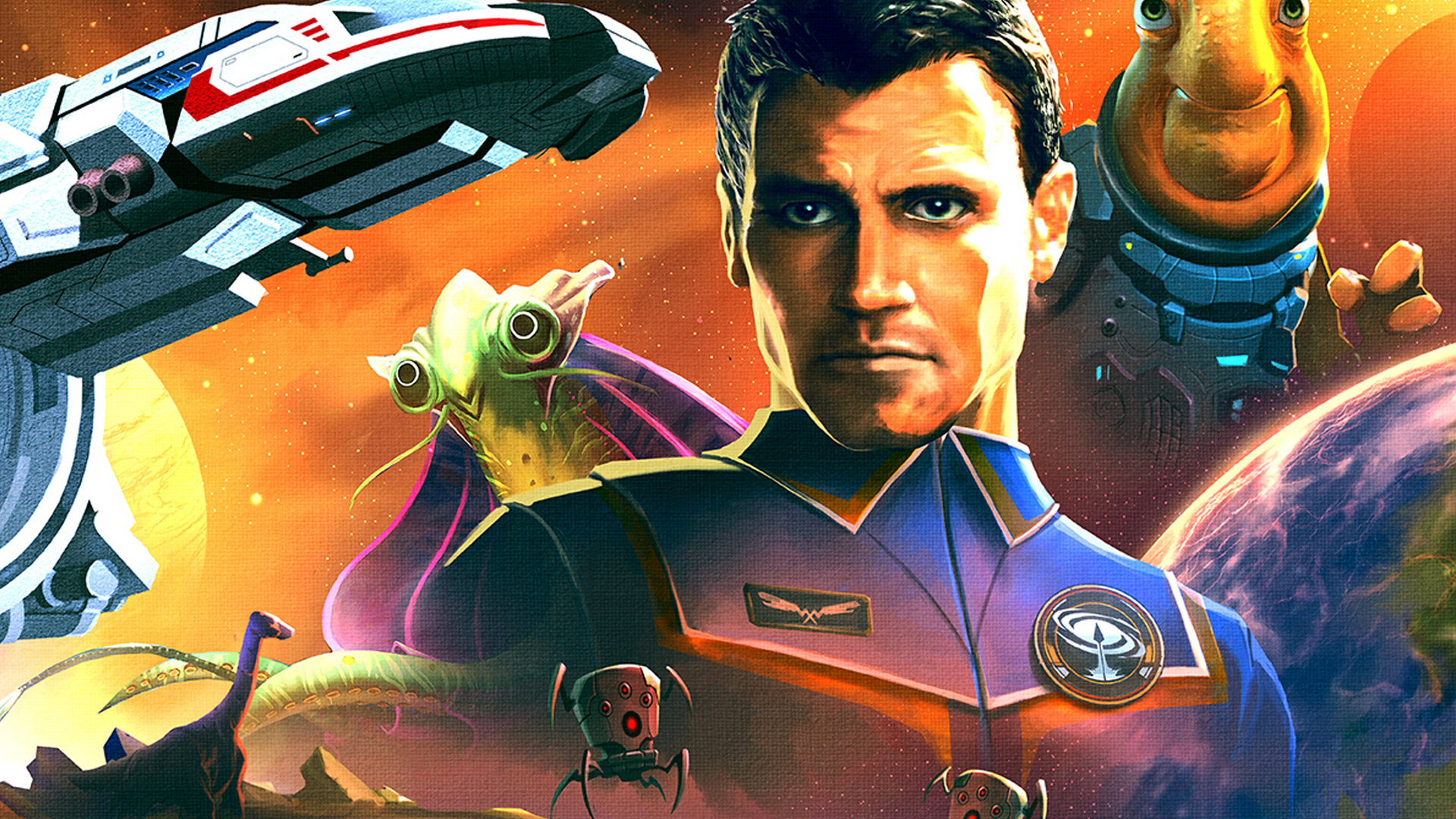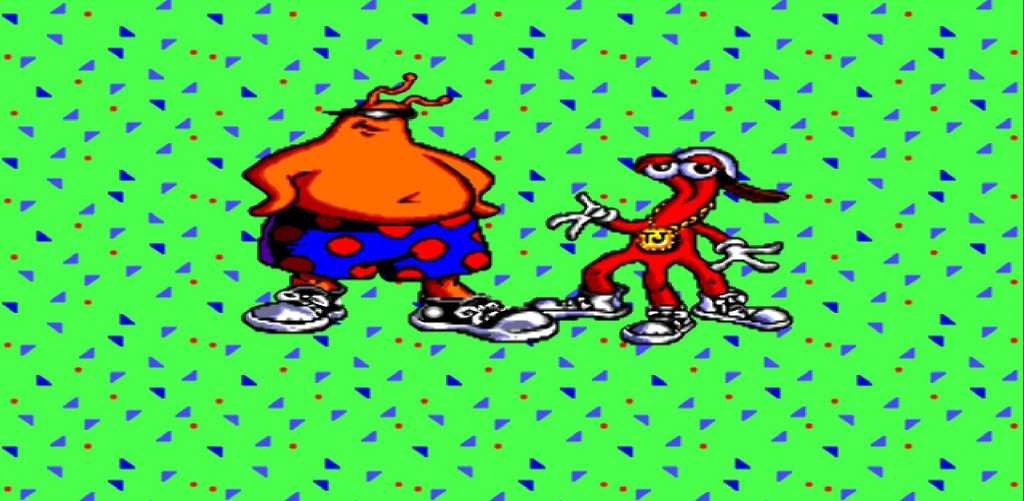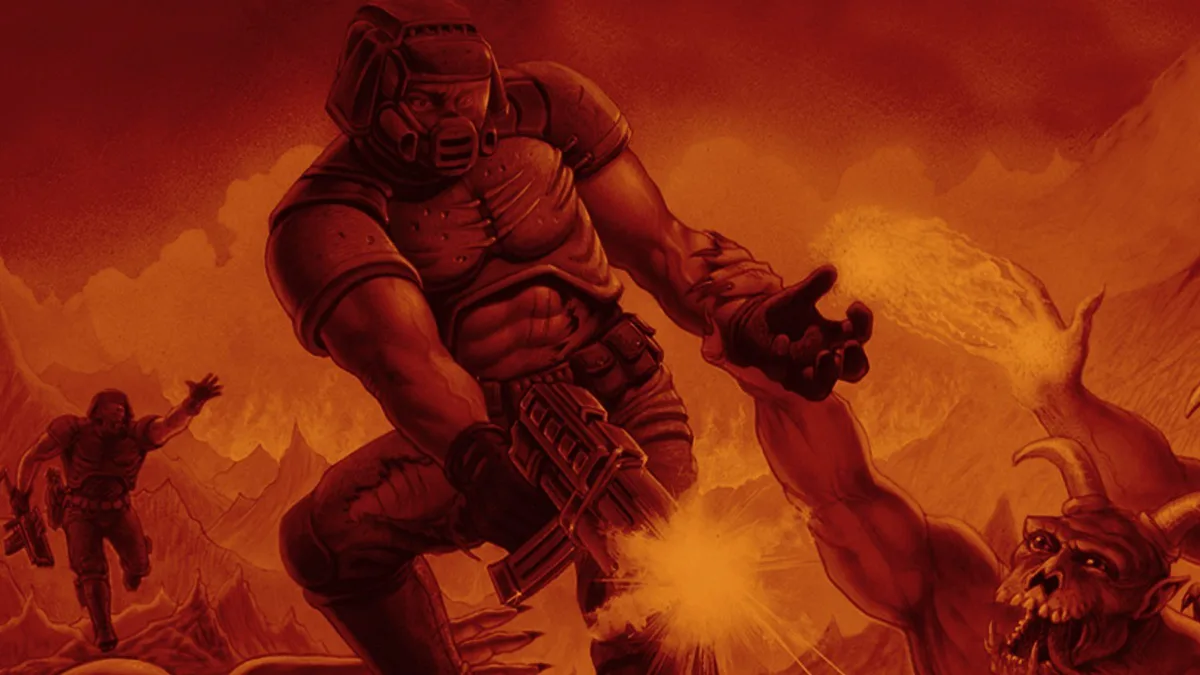The Overhyped Debacle: Dissecting “Rise of the Robots”
In the annals of video game history, few titles have managed to garner as much pre-release hype and post-release disappointment as “Rise of the Robots.” This was a game that promised the moon but delivered a handful of space dust. Let’s dive into the gritty details of how this high-budget, low-return venture became a cautionary tale for the industry. “Rise of the Robots” was released in 1994 and many call it the biggest flop in all of gaming.
(HEY YOU!! We hope you enjoy! We try not to run ads. So basically, this is a very expensive hobby running this site. Please consider joining us for updates, forums, and more. Network w/ us to make some cash or friends while retro gaming, and you can win some free retro games for posting. Okay, carry on 👍)
Where do we even begin with this metallic monstrosity of a game? Let me take you back to the early 90s, a time when gaming magazines were the gospel of the industry, and the hype train was as powerful as a Hadouken to the face. This game was heralded as the Second Coming in fighting game form, but instead, it descended as the digital equivalent of Judas, betraying the hopes and dreams of gamers everywhere.
The Marketing Blitz: Building Unrealistic Expectations
Every gaming magazine of the early ’90s was plastered with previews and ads for “Rise of the Robots.” Electronic Gaming Monthly, GamePro, and others featured glowing articles about the game’s cutting-edge technology and innovative gameplay mechanics. The developers, Mirage, promised a fighting game like no other, with artificial intelligence (AI) that would learn and adapt to players’ moves.
Financial Backing: A Misallocated Fortune
With a budget that reportedly reached $1 million, “Rise of the Robots” was one of the most expensive games of its era. This level of investment was unprecedented for a genre that typically didn’t command such financial heft. The funds were channeled primarily into the game’s graphics and marketing, leaving gameplay and depth as an afterthought.
Development Challenges: Sacrificing Gameplay for Graphics
The development team was ambitious, but their focus was misplaced. Opting to prioritize visual fidelity over gameplay, the team spent a significant portion of their budget on high-end graphics, even enlisting the expertise of animators who had contributed to the movie “Terminator 2.” The result was a game that looked impressive in pre-release screenshots but played like a relic from a bygone era.
A lack of story depth
The narrative thread of “Rise of the Robots” was as underwhelming as its gameplay, a thin veneer over a skeleton of disappointment. Set in a cliché dystopian future, players were cast as the ECO35-2, a cyborg tasked with quelling a robot uprising in a high-tech facility—a premise with potential that was never fully fleshed out or explored. The story, largely relegated to the game’s manual and brief intro, failed to captivate, offering no depth or engagement beyond the basic setup.
It was yet another aspect in which the game promised much but delivered little, providing a story that was not only forgettable but also felt disconnected from the action, doing little to enhance the overall experience. The narrative, much like the game itself, became a footnote in gaming history, a hollow shell of ‘what could have been’ in an era rich with more compelling and immersive storytelling.
Gameplay: A Failure to Launch
Upon release, “Rise of the Robots” was met with widespread criticism for its gameplay. The controls were unresponsive, and the AI was anything but intelligent, often repeating the same actions ad nauseam. The combat system, which was supposed to set new standards, was found to be shallow and unsatisfying, lacking the depth of its contemporaries like “Street Fighter II” or “Mortal Kombat.”
“Rise of the Robots,” on the other hand, was criticized for its extremely limited move sets. Characters had very few attacks, and there was a lack of combos or any advanced techniques that players could master, leading to a shallow fighting experience.
Some versions of the game were plagued with technical glitches and inconsistencies. Hit detection was often off, leading to frustration when clearly landed hits did not register. Additionally, the game was known to suffer from slowdowns, particularly when special moves were executed, further detracting from the gameplay experience.
Despite the game’s marketing touting advanced AI, players found that the AI was incredibly predictable. It was easy to find patterns in the opponents’ behavior, which could be exploited to win matches without much effort. This predictability stripped away any sense of challenge or engagement that the game might have offered.
Single Playable Character in Single-Player Mode
In an almost unheard-of move for a fighting game, “Rise of the Robots” allowed players to control only one character, the Cyborg, in its single-player mode. This lack of variety quickly led to monotony, as players were unable to experience the game from different perspectives or try out different fighting styles.
Visuals: Misleading Aesthetics
While the game’s visuals were indeed ahead of their time, the graphics could not mask the fundamental gameplay issues. Static backgrounds and lackluster character animations quickly dissolved any initial awe. Players realized that the beautiful graphics were little more than a facade, with no substance to back them up.
The game’s graphics were often praised for their technical quality, especially for the time of its release. “Rise of the Robots” featured pre-rendered 3D character models and backgrounds that were visually impressive in an era dominated by 2D sprites. The animations, though limited in terms of gameplay utility, were smooth and showcased the capabilities of the hardware of the time.
The Soundtrack: A Dim Light in the Darkness
The soundtrack, composed by Richard Joseph and featuring contributions from Brian May, was a notable aspect of “Rise of the Robots.” Yet, even this element was not without its problems, as May’s contributions were largely absent from the final product, and Joseph’s compositions could do little to salvage the player’s experience.
The music, particularly the soundtrack that involved contributions from Richard Joseph and some work from Queen’s guitarist Brian May, was considered a high point for the game. Even though May’s contributions were not as prominent as initially advertised, the music was generally well-received and provided an epic backdrop to the battles.
The Aftermath: Lessons Learned
“Rise of the Robots” stands as a stark reminder that no amount of marketing, graphical prowess, or celebrity endorsements can substitute for solid gameplay. It’s a textbook example of misallocated resources and a warning to game developers that substance should never be sacrificed on the altar of style. The legacy of “Rise of the Robots” is etched into gaming history as a testament to the dangers of overhyping and under-delivering.
This game’s narrative serves as an important lesson within the industry, discussed in forums like NeoGAF and ResetEra, reminding both players and developers to maintain a critical eye towards pre-release buzz and to prioritize the core gaming experience above all else.
In conclusion, “Rise of the Robots” was a game that fell victim to its own grand narrative, a narrative that was meticulously crafted and sold to the masses. Its failure impacted not just its developers and publishers but also served as a sobering reality check for an entire industry that sometimes, even the most glittering of graphics can’t compensate for a game that is fundamentally flawed.
Mirage Technologies (Multimedia) Ltd.
Mirage Technologies (Multimedia) Ltd., the developer behind “Rise of the Robots,” faced significant backlash for the game’s poor execution on nearly every front. With grand ambitions to revolutionize the fighting game genre, Mirage invested heavily in the game’s marketing and visual presentation, but the end product failed to live up to the hype. Criticized for its lackluster gameplay, unresponsive controls, and a woefully thin storyline, the execution was widely regarded as a textbook example of style over substance.
As a result of this misstep, Mirage’s reputation in the gaming industry suffered. The market’s response was unforgiving, and the fallout from “Rise of the Robots” dealt a significant blow to the company. The financial implications of investing so much into a game that ultimately flopped would be difficult for any studio to absorb. Following “Rise of the Robots,” Mirage continued to operate but struggled to replicate the level of attention they had previously garnered.
The fate of Mirage Technologies serves as a cautionary tale about the risks of disproportionate focus on marketing and graphics, neglecting the core gameplay experience. Their story is a stark reminder that no matter how visually appealing or technologically advanced a game might be, it is the quality of the gameplay that ultimately defines a game’s success and longevity in the competitive landscape of the gaming industry.
 Retro Replay Retro Replay gaming reviews, news, emulation, geek stuff and more!
Retro Replay Retro Replay gaming reviews, news, emulation, geek stuff and more!
